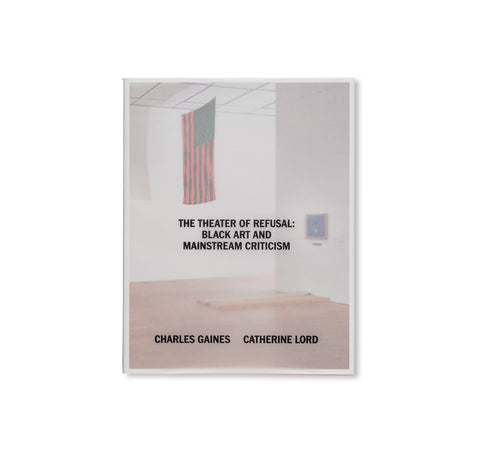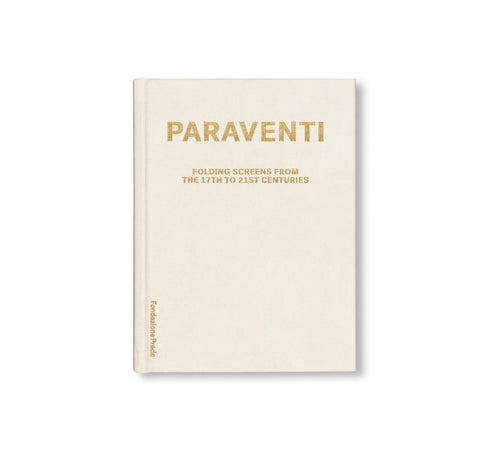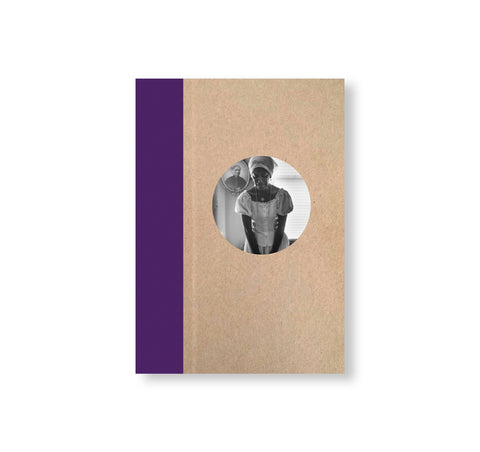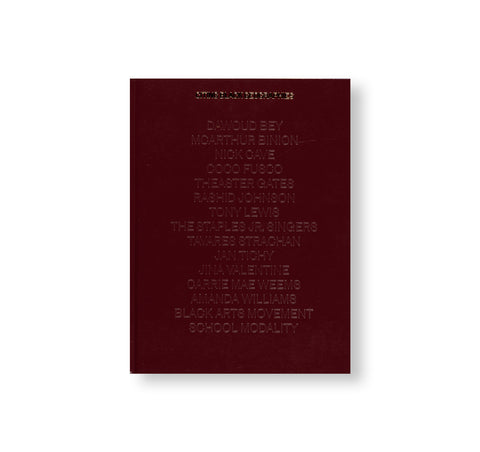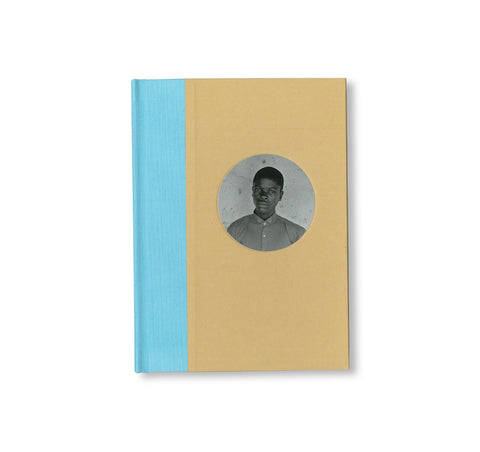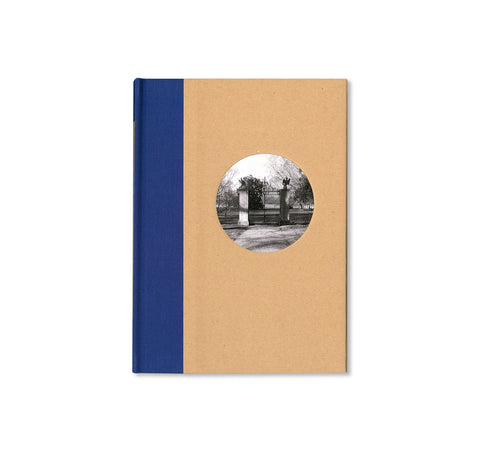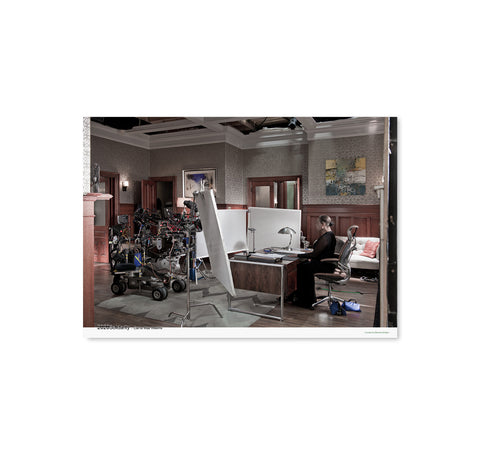A GREAT TURN IN THE POSSIBLE by Carrie Mae Weems
アメリカ人アーティスト、キャリー・メイ・ウィームズ(Carrie Mae Weems)の作品集。ジャンルを越えて制作に挑む作者の全作品を包括的にまとめた一冊。
今なお活躍するアメリカ人アーティストの中で最も影響力のある一人である作者は、すでに40年以上もの間、家族、人種、ジェンダー、性差別、社会的階級、権力の作用にまつわる物語を探求してきた。その作品は常に時代を先駆けるものであり、若い世代のアーティストたちに大きな影響を与えてきた。最も知られているのは写真を媒体とした作品だが、織物、テキスト、オーディオ、デジタル・イメージ、インスタレーションやビデオによる作品も表現手段として用いる。「ニューヨーク・タイムズ(The New York Times)」で美術評論家のホランド・コッター(Holland Cotter)は作者を「素晴らしいイメージ・メイカーであり、道徳的な強さがある人物だ。明快で、活力にあふれている」と評する。
40年間の作品を収録した本書は、かつてないほど綿密な概説として仕上げられている。親戚や親しい友人たちを撮影した「Family Pictures and Stories」、生活感のあるセットで作者自身がポーズを取り撮影した伝説的な作品と名高い「Kitchen Table Series」などの初期の作品をはじめ、他にも、自身を写し人種的なジョークと内面化された人種差別を作品にした「Ain’t Jokin’」、アフリカ系アメリカ人の若者をモノクロで撮影しヴィヴィッドな色を重ねてグリッド上に並べた「Colored People」、1850年代に文化人類学上の標本として撮影された黒人の写真を再構成し、いかにして歴史上でその写真が差別的に扱われていたかを表現した「From Here I Saw What Happened and I Cried」、歴史的な言及を通じた皮肉を写真に添え、白人男性の視線に内在する「メイルゲイズ(女性に向けられる男性目線)」を指摘する「Not Manet’s Type」、現代の遺伝子技術の発展がもたらす問題と可能性を探る「The Jefferson Suite」、アメリカ南部の旅で出会った記念碑を撮影した「Monuments」、他にも「Roaming」、「Museums」、「Constructing History (A Class Ponders the Future)」、「Slow Fade to Black 」、「Obama Project」など高く評価されたシリーズや作品を多数収録する。
序文は「ヴルテンベルギシャー芸術協会(Württembergischer Kunstverein)」の共同ディレクターであるイリス・ドレスラー(Iris Dressler)、「バルセロナ現代美術館(Museu d'Art Contemporani de Barcelona / MACBA)」のディレクターであるエルヴィラ・ディアンガニ・オセ(Elvira Dyangani Ose)が手がける。テキストはブラック・ヴィジュアルとカルチュラル・スタディーの研究者であるラチャールズ・ワード(LaCharles Ward)、批判理論、ブラック・スタディー、パフォーマンス・スタディーの研究者でありアメリカ文化論者、詩人のフレッド・モーテン(Fred Moten)が寄稿。ラウル・ムニョス(Raul Muñoz)による年表と用語解説も収録する。
ワードとモーテンによるエッセイと共に、ムニョスによる年表がその背景を深く考察する。また、作者自身がアーティストとしての視点から選んだ作品のビジュアル・エッセイも掲載。
本書は、2022年4月から2022年7月まで「ヴルテンベルギシャー芸術協会」で開催された「Carrie Mae Weems. The Evidence Of Things Not Seen」展に伴い刊行。展覧会はバルセロナの「フンダシオン・フォト・コレクタニア(Fundación Foto Colectania)」、シュトゥットガルトの「ヴルテンベルギシャー芸術協会」の協力のもと、「Fundación MAPFRE」が主催した。
One of the most influential American artists working today, Carrie Mae Weems has investigated narratives around family, race, gender, sexism, class and the consequences of power for more than 40 years. Her complex oeuvre—always ahead of its time, and profoundly formative for younger generations of artists—has employed photography (for which she is best known), fabric, text, audio, digital images, installation and video. Writing in the New York Times, Holland Cotter succinctly described Weems as “a superb image maker and a moral force, focused and irrepressible.”
This volume, spanning four decades of work, is the most thorough survey yet published. It includes Weems’ earliest series, such as Family Pictures and Stories, for which she photographed her relatives and close friends; the legendary Kitchen Table Series, in which she posed in a domestic setting; and other critically acclaimed works and series such as Ain’t Jokin’, Colored People, From Here I Saw What Happened and I Cried, Not Manet’s Type, The Jefferson Suite, Monuments, Roaming, Museums, Constructing History (A Class Ponders the Future), Slow Fade to Black and the Obama Project, among many others. Contextualizing these pieces are essays by LaCharles Ward and Fred Moten and a chronology by Raul Muñoz. The book also includes a visual essay by Weems that presents a personal selection of her own works from the artist's perspective. The accompanying exhibition is organized by Fundación MAPFRE in collaboration with Fundación Foto Colectania, Barcelona and Württembergischer Kunstverein, Stuttgart, where the exhibition Carrie Mae Weems. The Evidence Of Things Not Seen took place from April 2 through July 10, 2022.
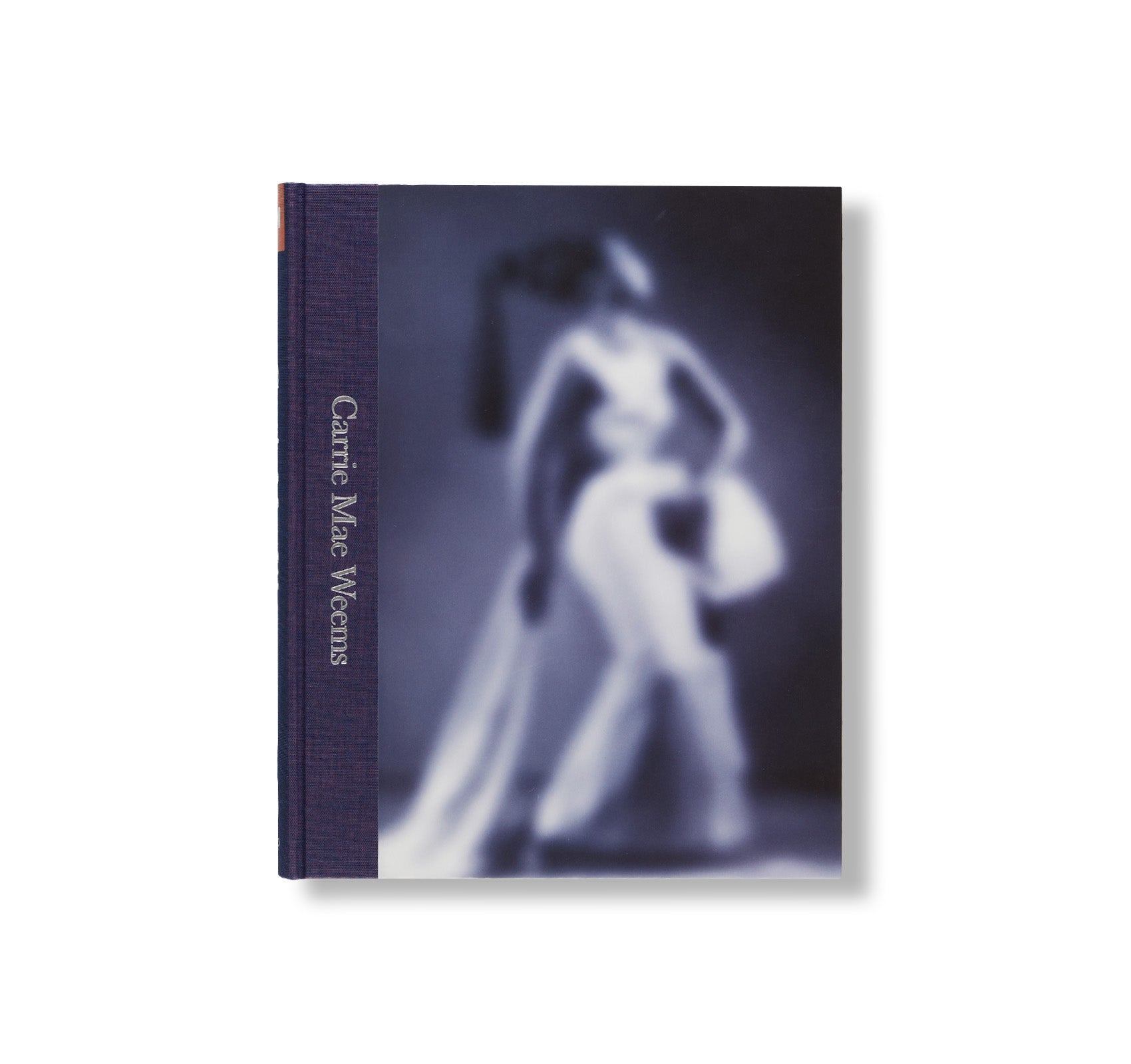
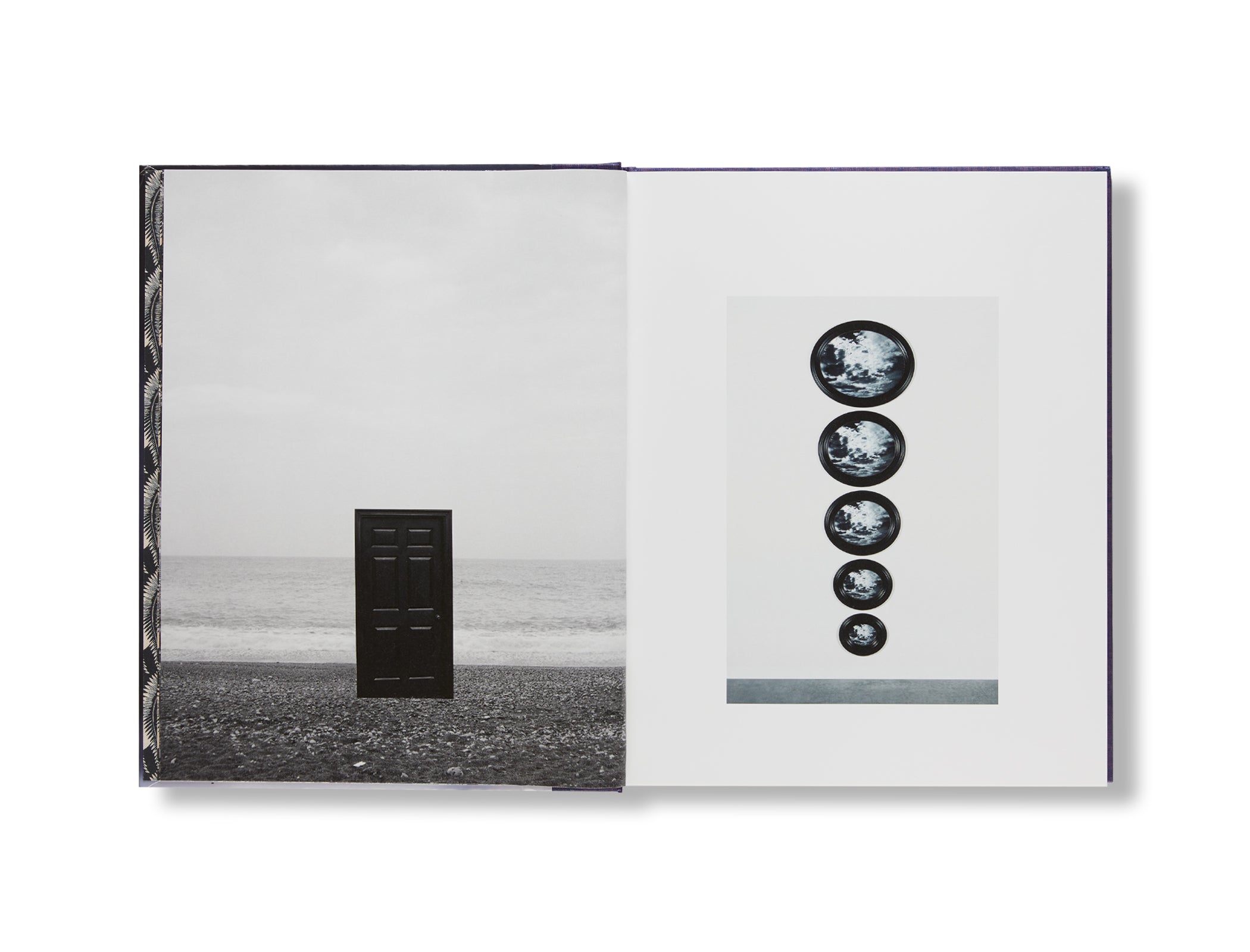
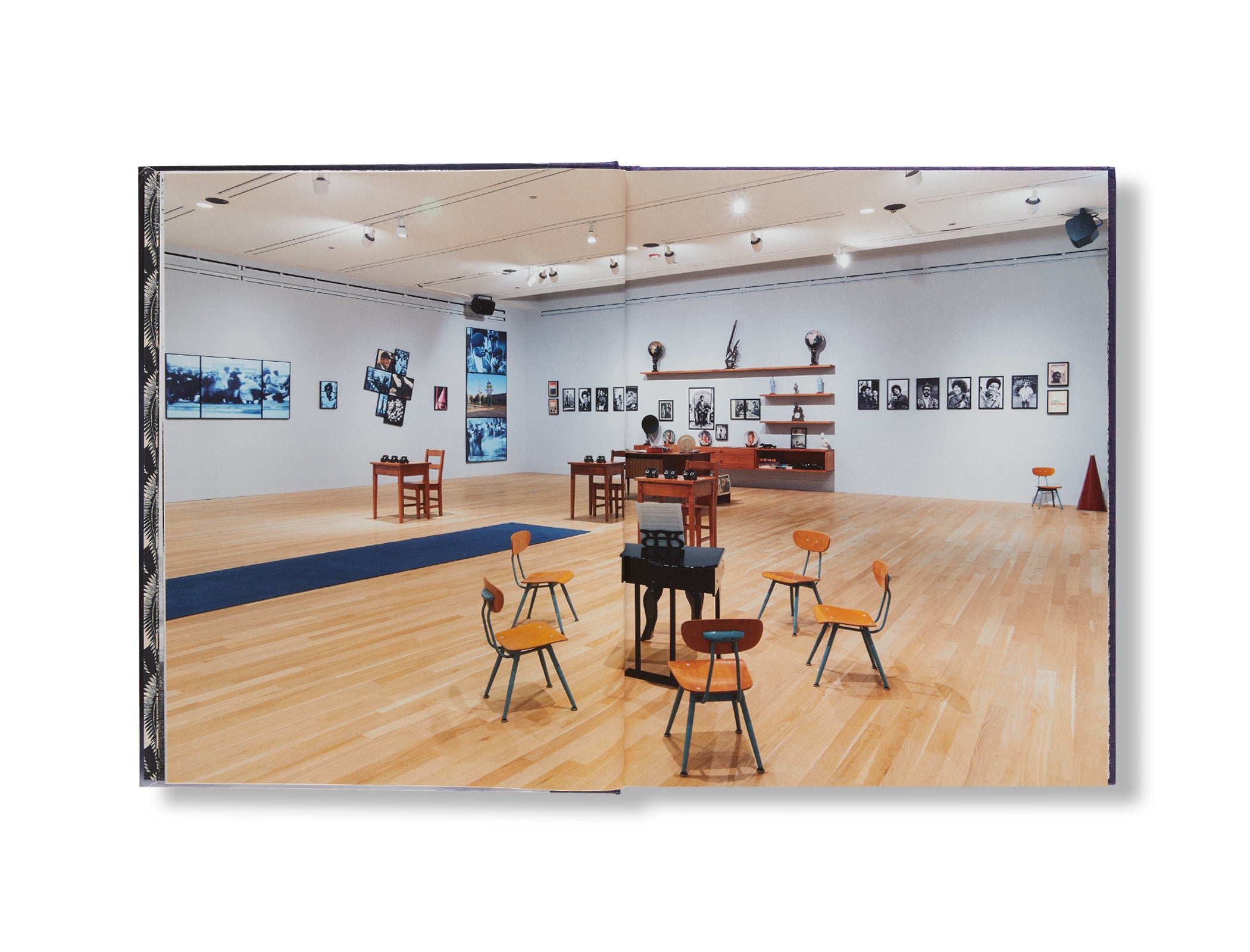
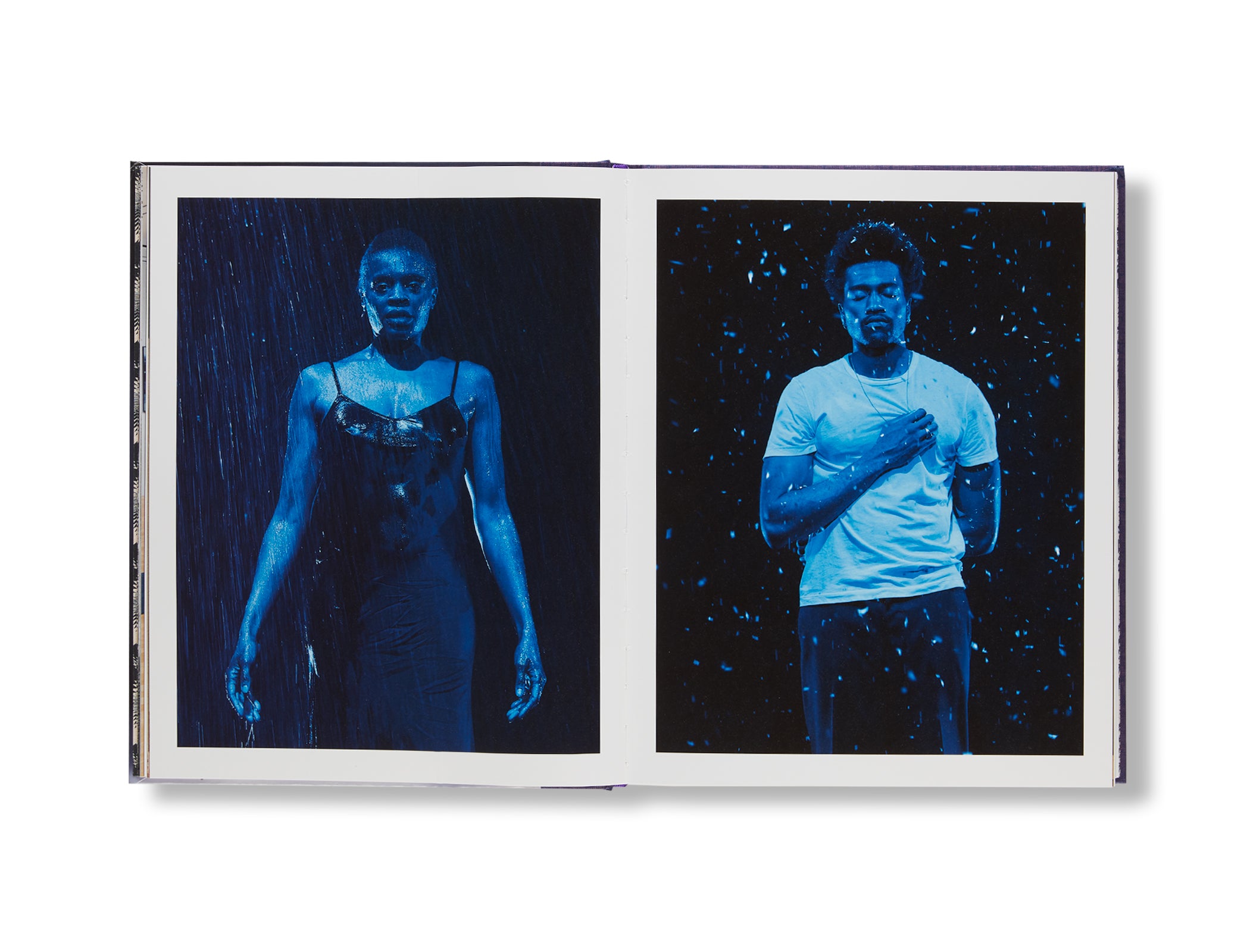
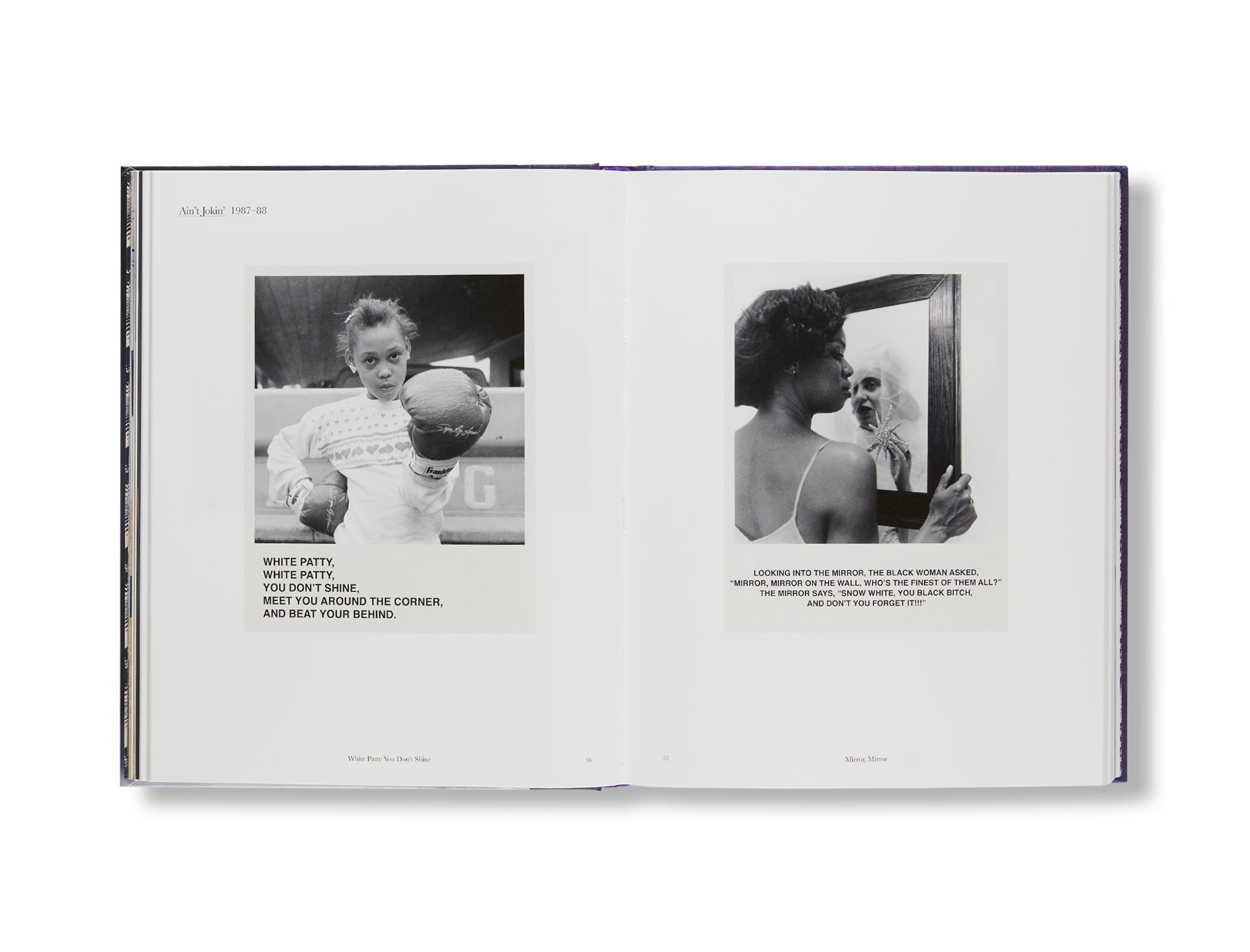
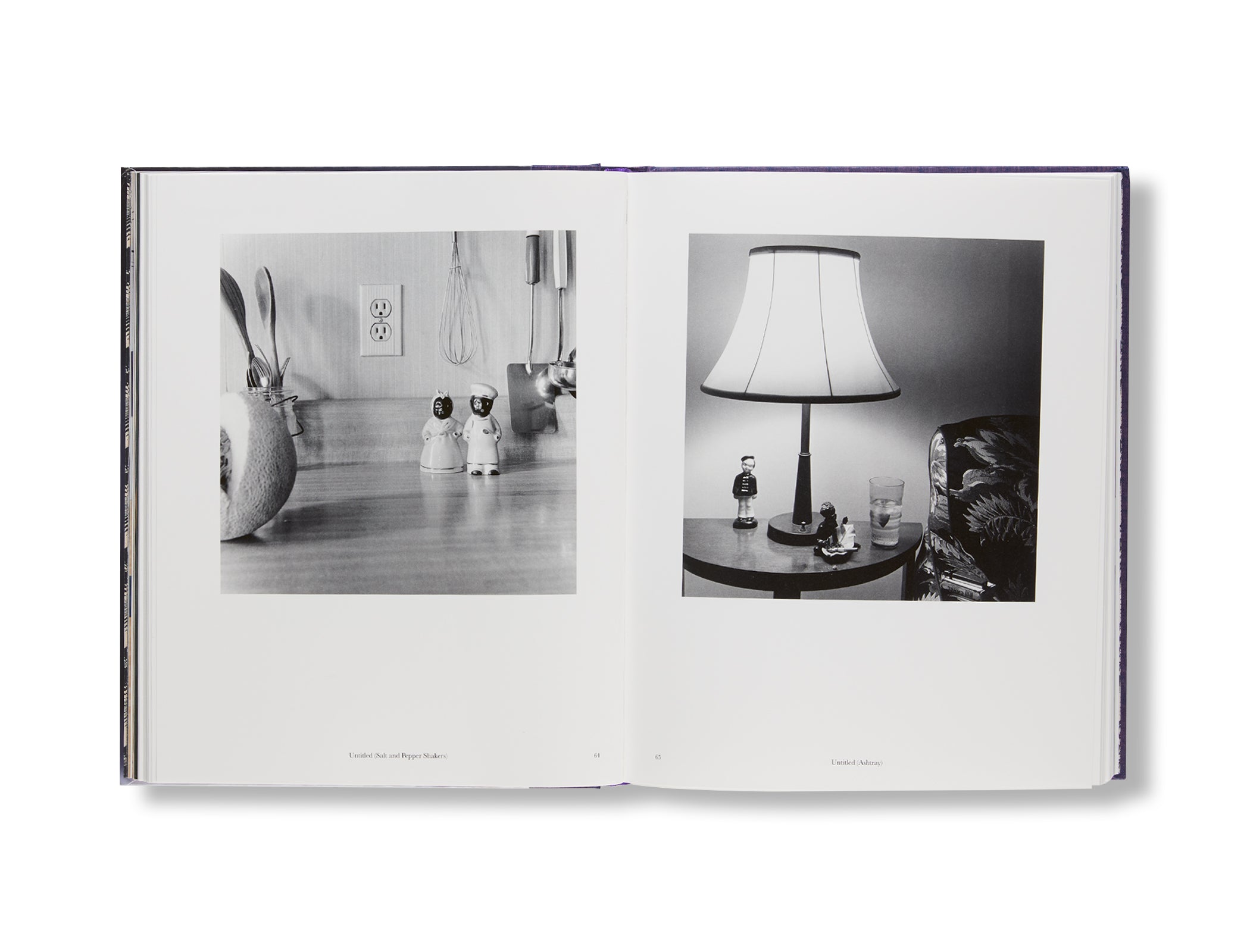
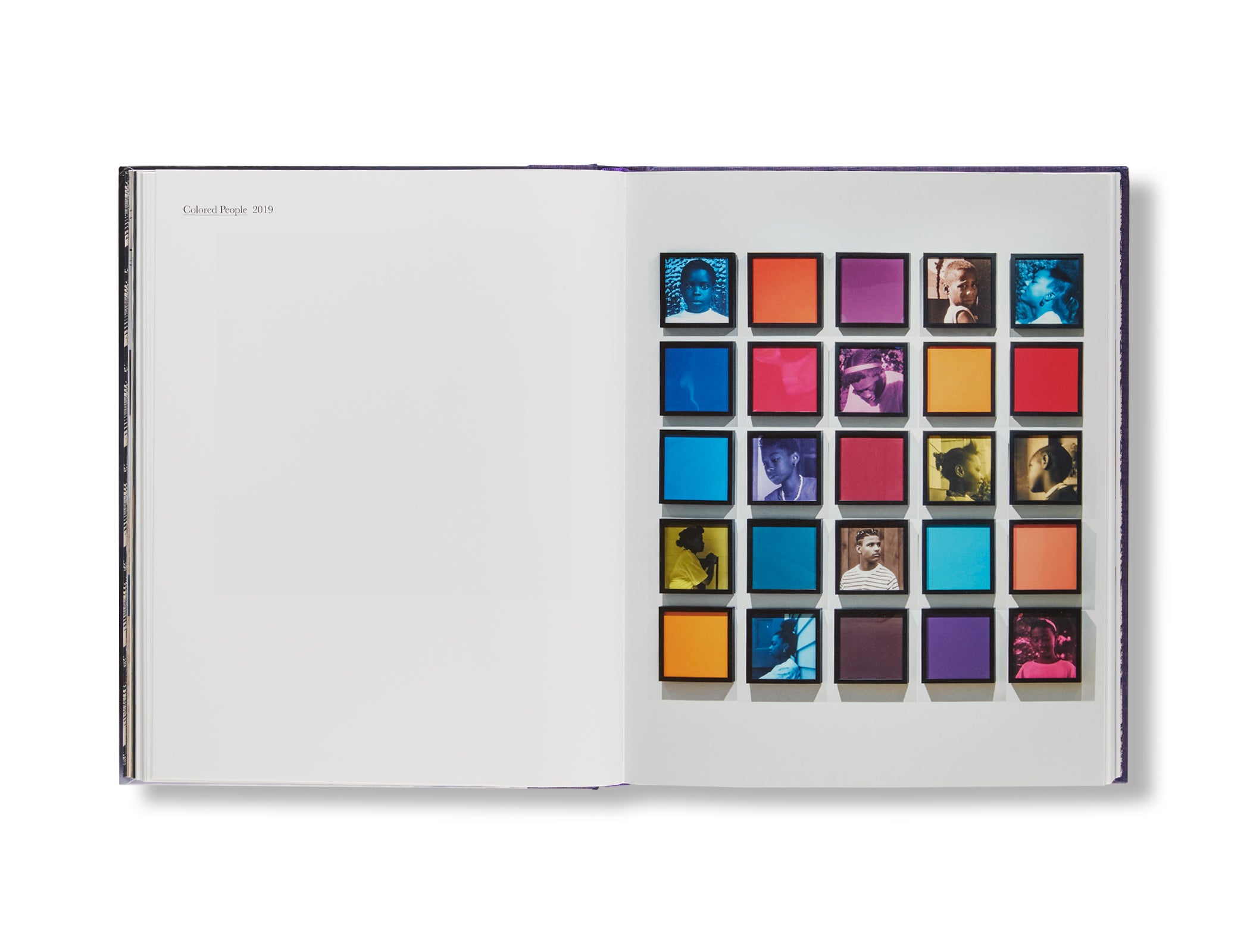
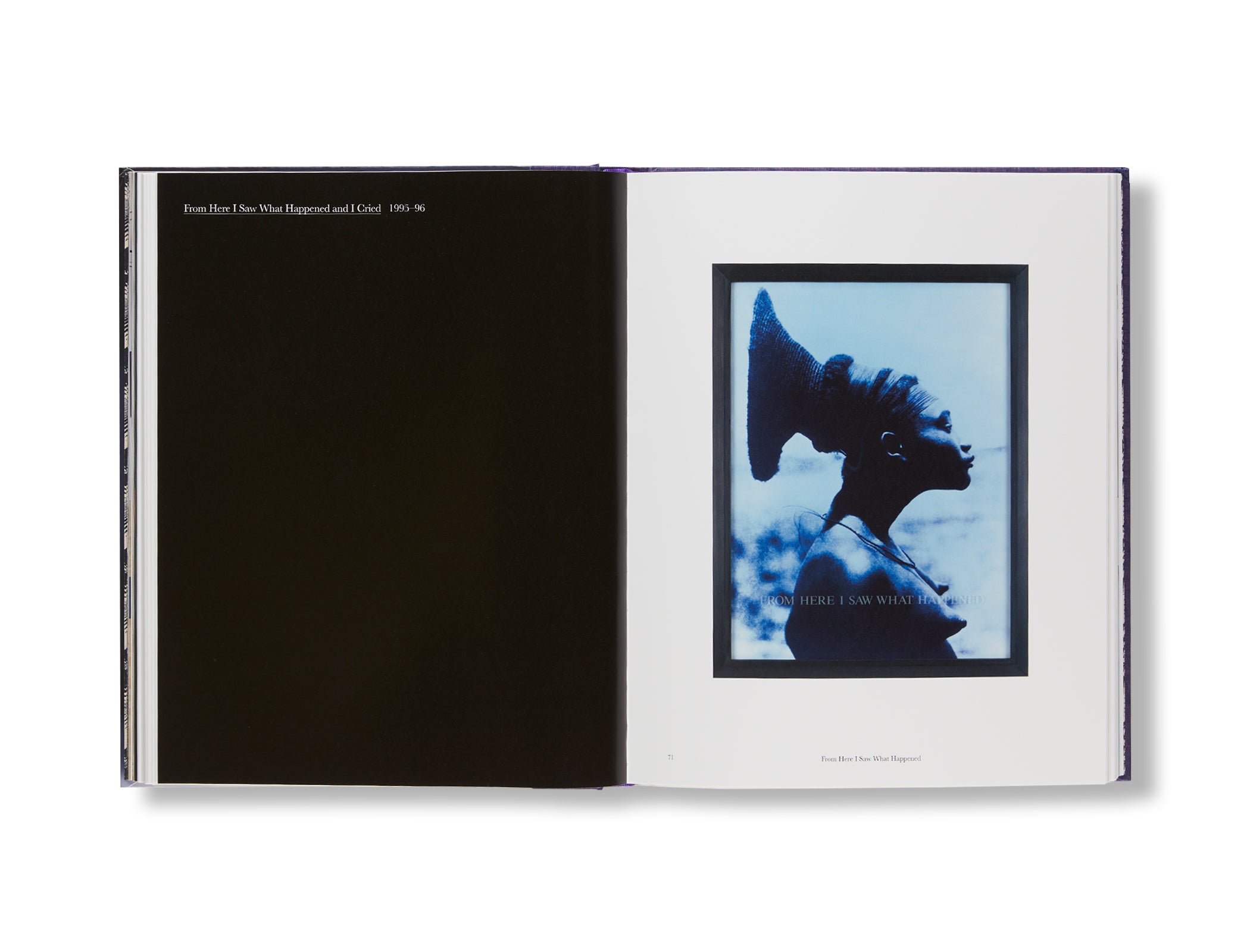
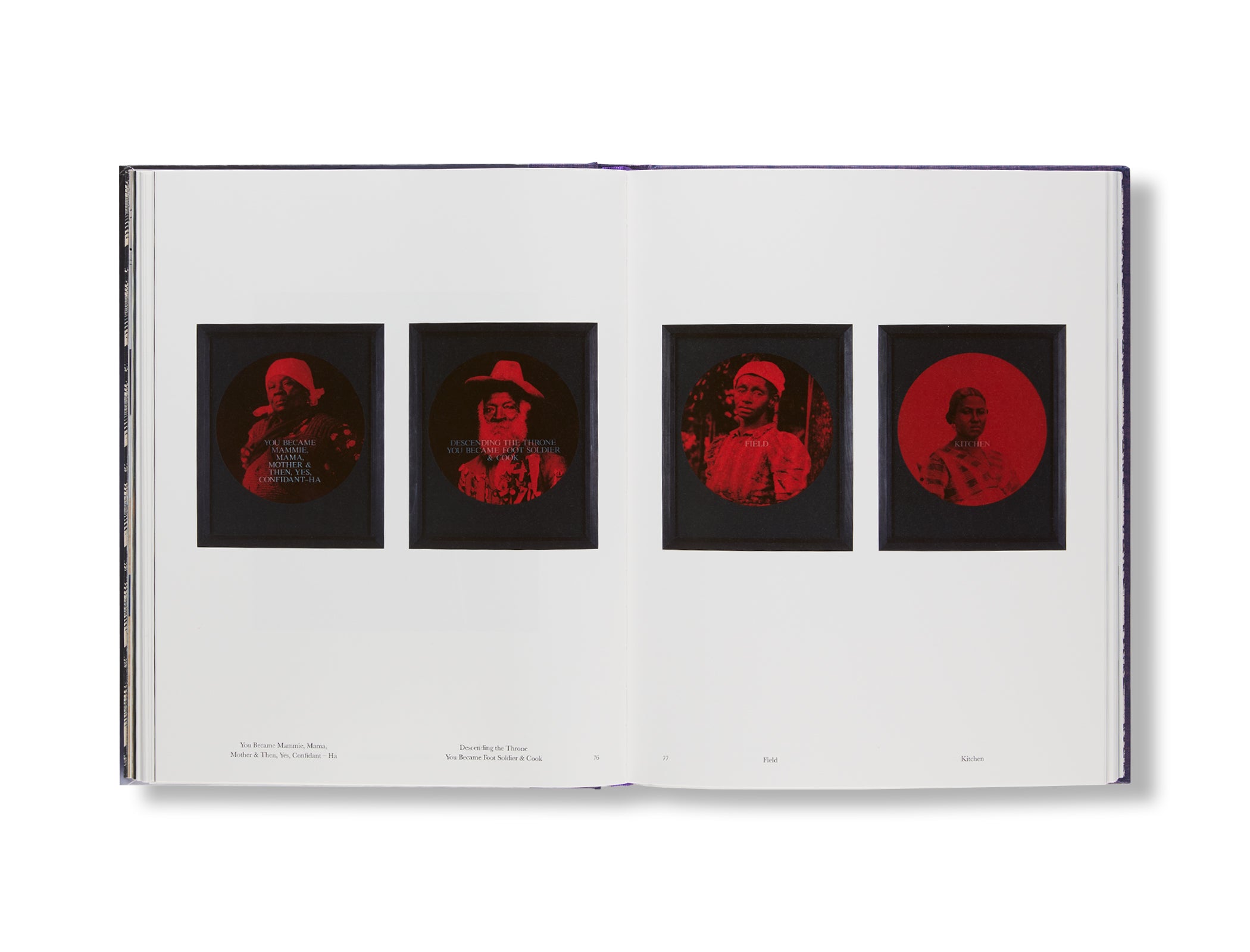
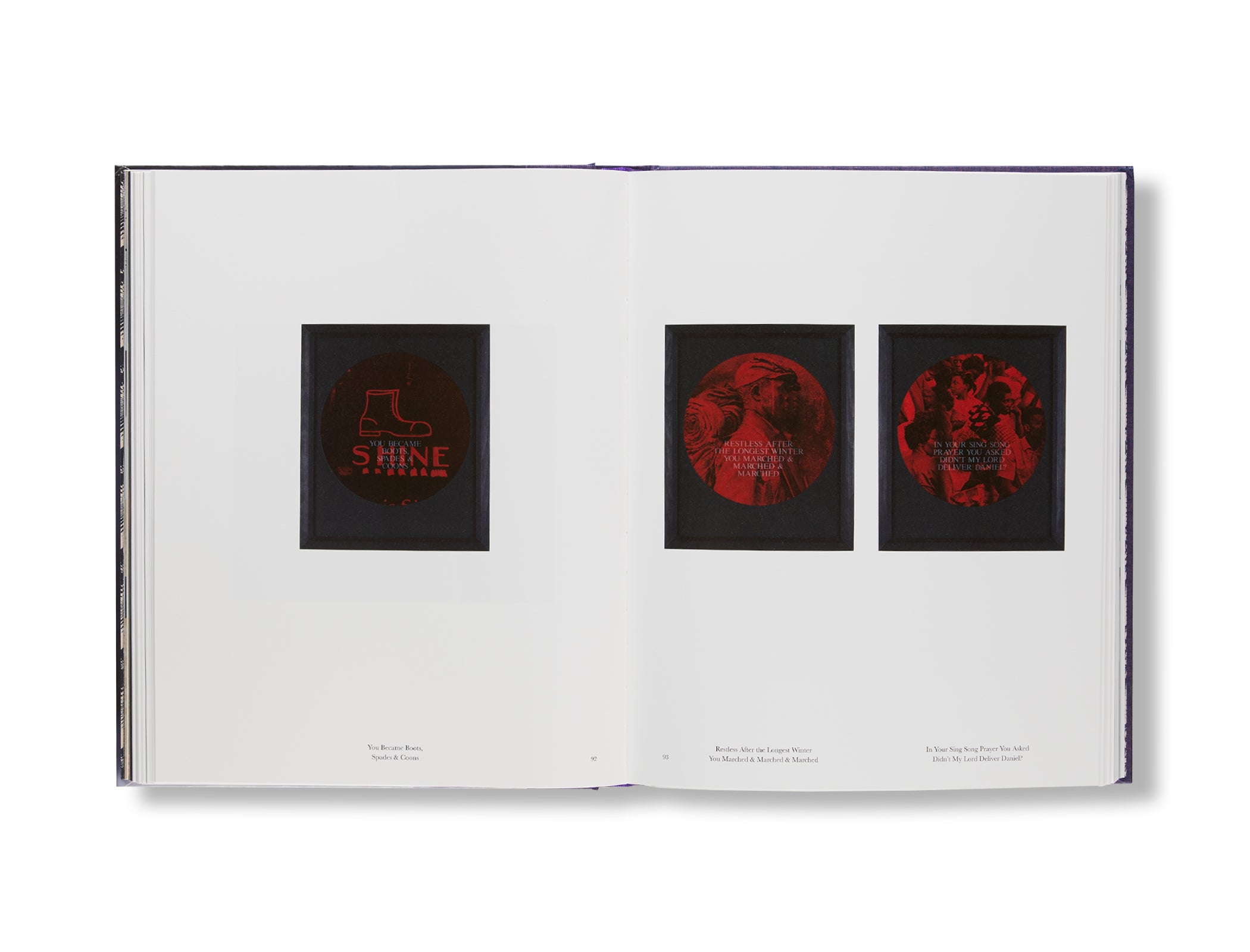
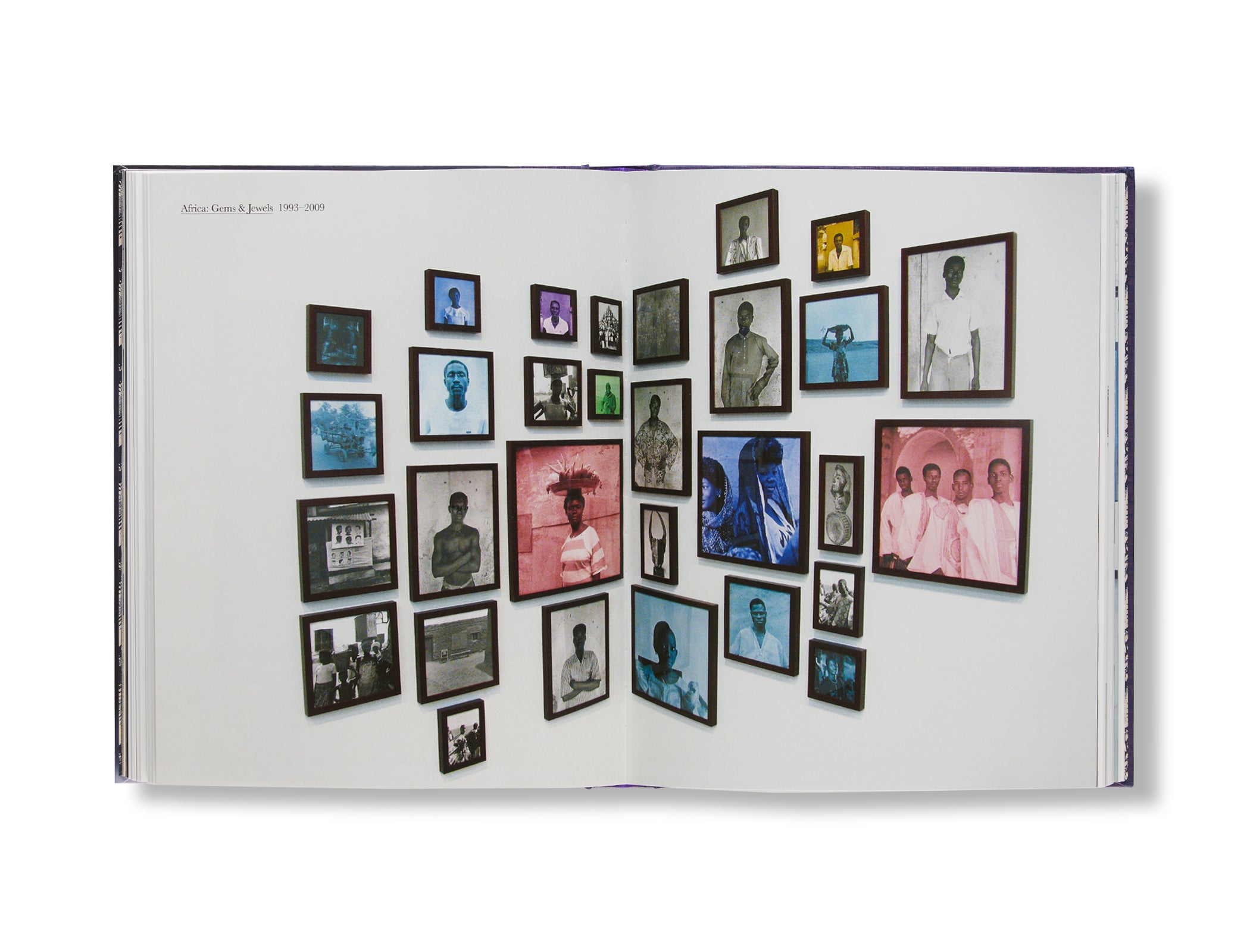
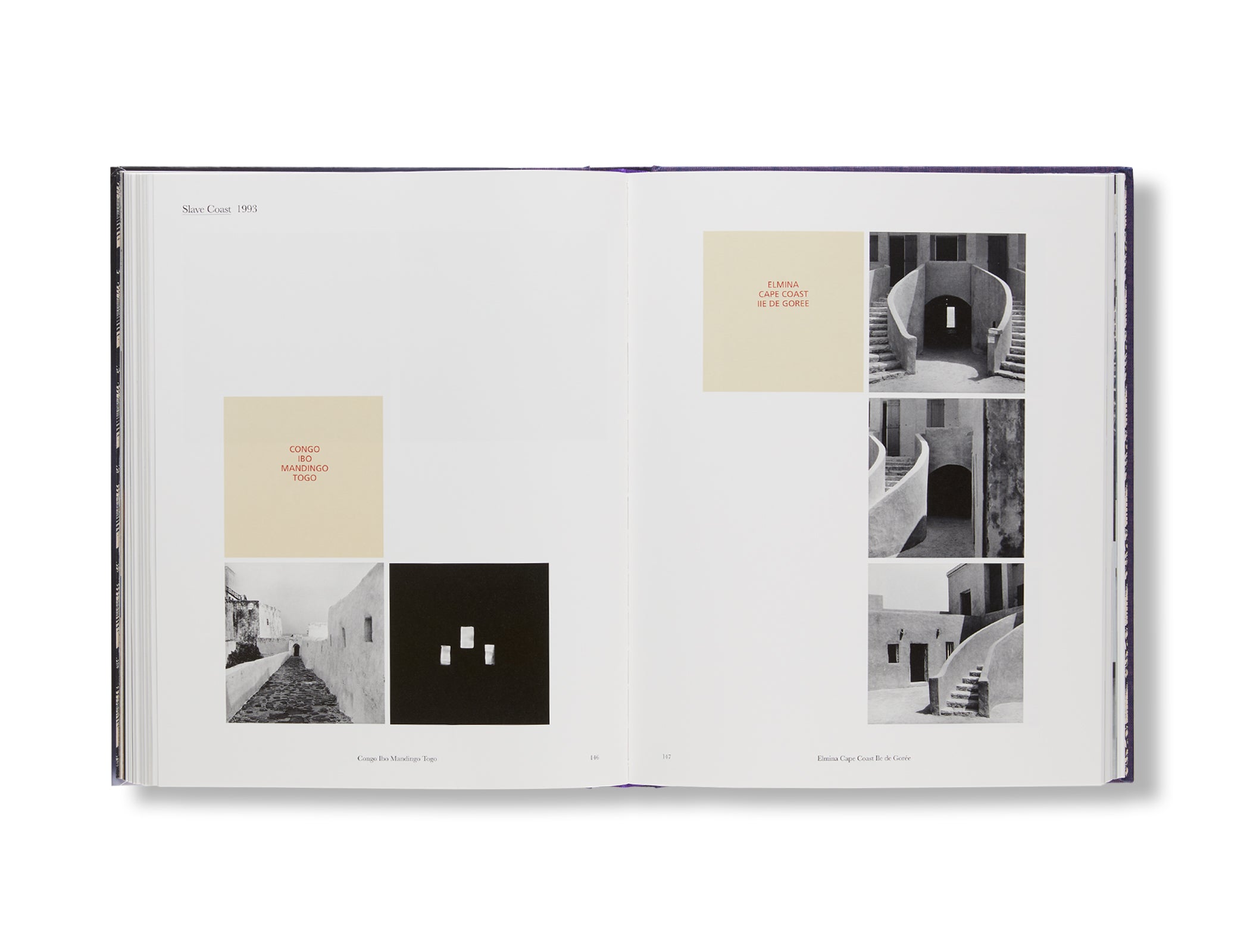
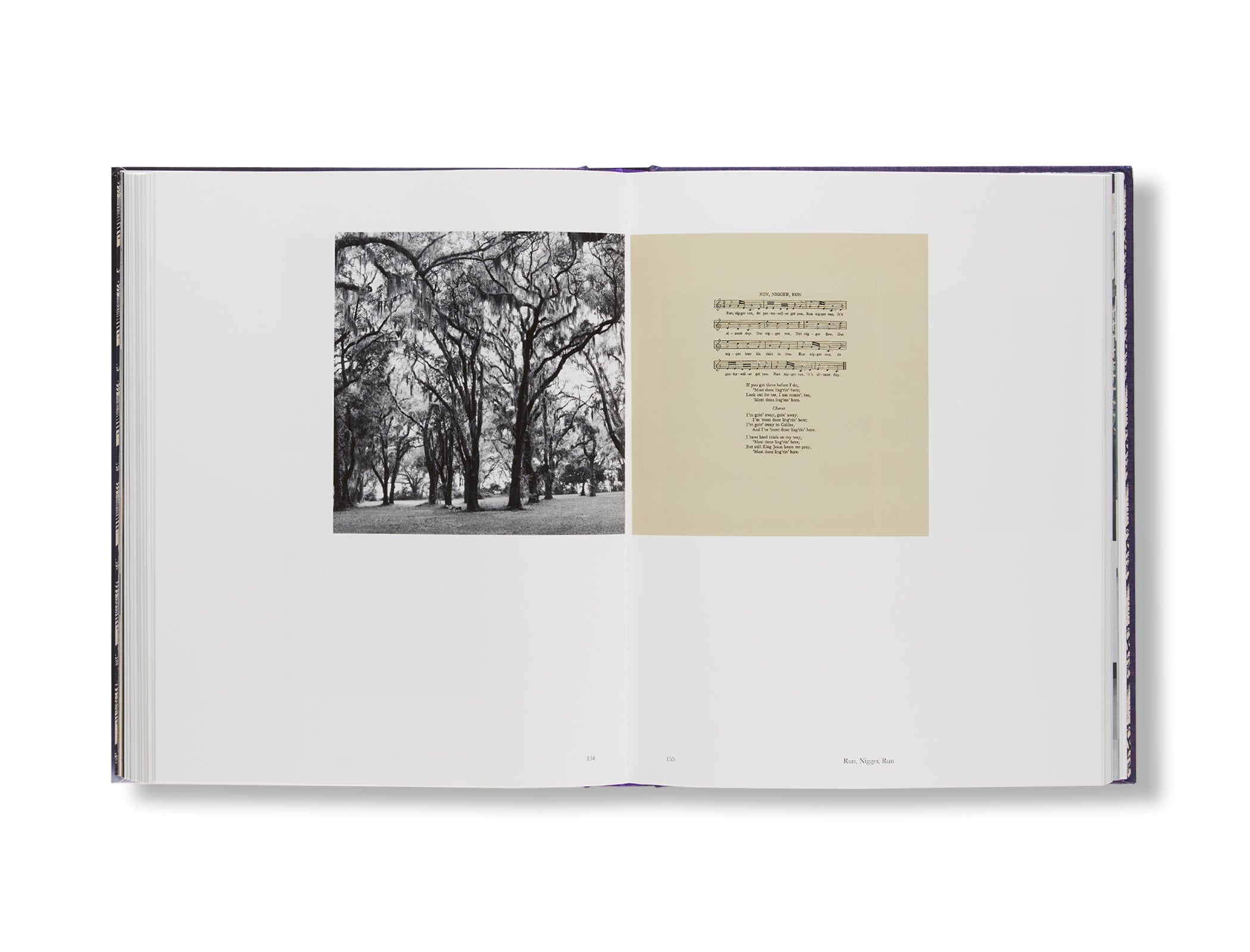
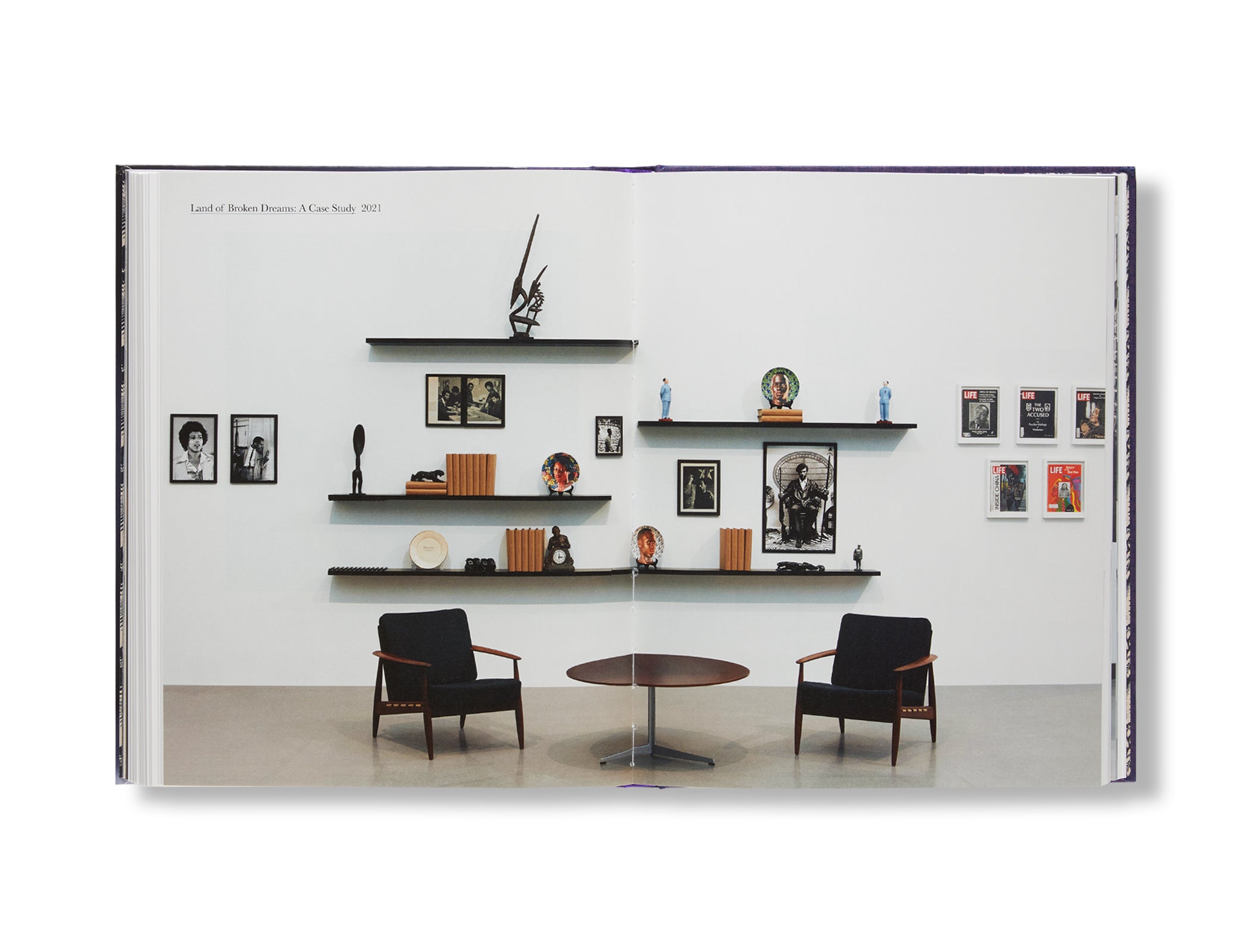
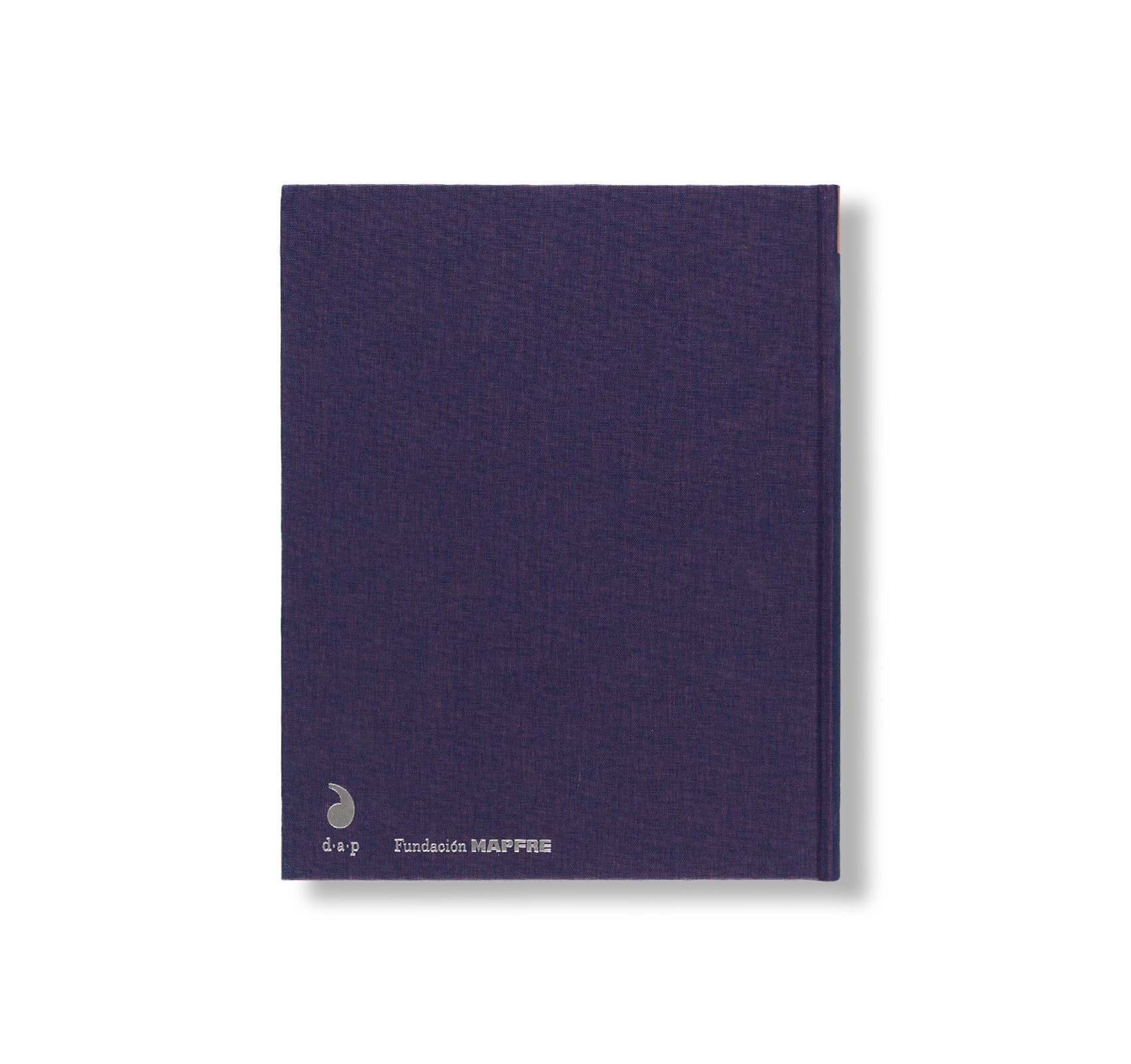
![THE HEART OF THE MATTER by Carrie Mae Weems [ENGLISH EDITION]](http://twelve-books.com/cdn/shop/files/00_9c3612b0-7315-4805-8c57-50ccb9d44173_large.jpg?v=1759816072)
![KITCHEN TABLE SERIES by Carrie Mae Weems [SECOND EDITION]](http://twelve-books.com/cdn/shop/files/00_6ca97922-cc59-4a14-9107-da8a9ad555c0_large.jpg?v=1745457709)
